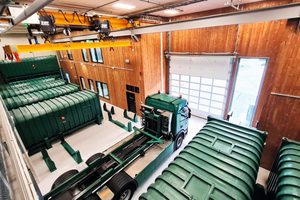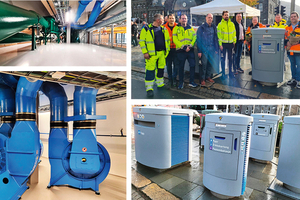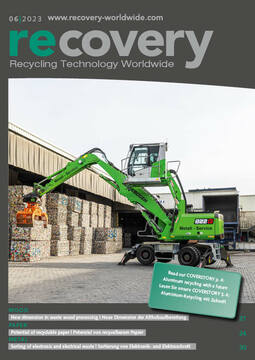A glimpse into the future
On October 4th, the Bergen Municipality, BIR and Envac jointly launched a new waste collection station of Bergen’s automated waste collection system. The modern waste management technology is now operational in the neighbourhoods of Marken, Nordre, Grønnevollen and Veversmauet, allowing residents to benefit from this new facility. “We are extremely proud to announce that we have extended our modern waste management system to connect with more neighbourhoods. In a city like Bergen, where the city centre has vulnerable environments, we believe this will benefit the residents, the city, and the municipality. We are excited to continue collaborating with BIR and Bergen municipality to ensure efficient and effective waste management,” says Mattias Widell, Managing Director, Envac Norway.
Bergen secures the future for generations
to come
Waste collection has been a top priority in the city of Bergen. However, there is a need for additional storage space for bins and containers in the old city centre. Waste trucks face accessibility issues in the narrow streets. To solve this, Envac has introduced a modern and efficient waste management solution that reduces the need for traditional containers and waste lorries. The company uses vacuum technology to transport waste through an underground pipe system to a central facility, sorting it into containers for further treatment.
The Bergen waste system is one of the largest and most advanced underground waste management facilities globally, connecting more than 30 000 households on completion, making Bergen one of the world’s most sustainable and smart cities. With a focus on sustainable urban development, the system reduces car traffic. It eliminates intermediate waste storage in the streets, significantly reducing the fire risk in the wooden part of the city. Envac has designed a waste collection system that can handle over 50 t of waste per week, with the possibility of expansion. Waste is collected in four separate fractions: rest, paper, plastic, and cardboard, which improves recyclability among residents.








